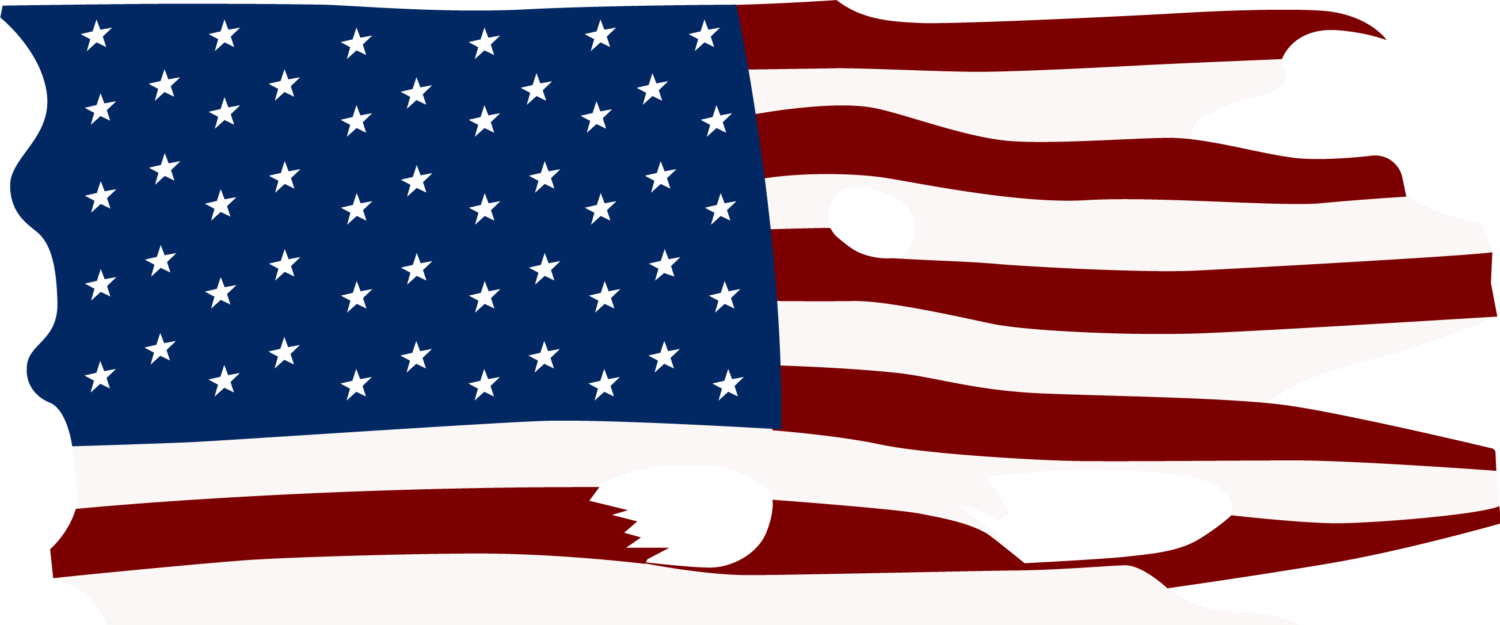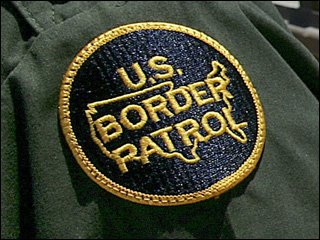BY RAUL HERNANDEZ —
A five month probe recently turned up two tunnels – one 800 feet long and the other 600 feet in length – that were connected from a San Diego warehouse to an entry in Tijuana named Mini Bodegas de la Frontera.
The two tunnels are the sixth and seventh cross-border passageways discovered in the San Diego area in less than four years.
If laid end-to-end, the seven tunnels would extend a distance of nearly two miles.
The San Diego Tunnel Task force investigators recently arrested a 73-year-old Chula Vista woman for allegedly overseeing the “logistics” at the Via de la Amistad warehouse. She is charged in a criminal complaint with conspiring with others to maintain a drug involved premises.
A second defendant Gilberto Quezada-Madrid, 26, made his first court appearance this week on tunnel-related charges, authorities said.
There must have been a lot of digging going on to build this tunnel that law enforcement described as “sophisticated” because the blueprints included a passageway equipped with lighting, a crude rail system and wooden trusses . The tunnel’s exit was inside the Via de la Amistad warehouse in San Diego.
The entrance was accessed down a 70-foot shaft secured by a cement cover.
The San Diego Tunnel Task Force includes Homeland Security Investigations, the U.S. Customs and Border Protection – Border Patrol; the DEA; and the U.S. Attorney’s Office.
In addition, officials said the builders had installed a pulley system at the tunnel’s U.S. entrance to hoist contraband up into the warehouse.
(Apparently, a lot of drugs and illegal immigrants didn’t have to hurdle the multi-million border fence or go through America’s front doors – the U.S. Ports of Entry. While Border Patrol and other law enforcement were watching who was going over the fence with binoculars and technology, drugs and people were entering the country illegally right under their feet.)
The warehouse was filled with a variety of children’s toys, including plastic three-wheelers, and boxes of televisions, similar to the merchandise found in the warehouse linked to the smuggling tunnel uncovered in October 2013.
The second tunnel was detected last week as investigators from Mexico, in close coordination with special agents from U.S. Immigration and Customs Enforcement and Homeland Security Investigations, tracked leads related to the passageway uncovered.
The second passageway, which originated inside a warehouse located at 10005 Marconi Drive in San Diego, was the “more sophisticated” of the two, law enforcement said. Stretching for more than 700 yards, it was equipped with a “multi-tiered electric rail system” and an array of ventilation equipment.
(I would say, tongue in cheek, that when Caterpillar backhoes and other earth-moving equipment appear along the border that should raise red flags with the U.S. Border Patrol that some digging is taking place. Or, sightings of Mexicans toting brown paper-bags and shovels and going inside warehouses along the border that sell children’s toys and televisions.)
The feds made chest-thumping statements after the two tunnels were discovered.
“Here we are again, foiling cartel plans to sneak millions of dollars of illegal drugs through secret passageways that cost millions of dollars to build,” U.S. Attorney Laura Duffy said in a statement.
(The federal government is trying to put on a happy face to a very serious problem that is apparently not being resolved with the formation of “Tunnel Task Forces” and use of technology.)
“Going underground is not a good business plan. We have promised to locate these super tunnels and keep powerful drug cartels from taking their business underground and out of sight, and once again, we have delivered on that promise,” Duffy said.
(Yeah, but, drug dealers make billions of dollars in profits – somewhere between $20 to $30 billion a year in drug profits. So, the losses from digging tunnels and having them discovered by federal agents are a drop in the bucket. The tunnels would pay for themselves if enough drugs and illegal immigrants go through them. These last two tunnels are the sixth and seventh in San Diego alone. So apparently, it’s working, and there are probably more tunnels out in San Diego and other cities along the border.)
There is an ongoing investigations into the two newly discovered tunnels.
Bottom Line: The U.S. has to think outside the bureaucracy box to cut down on the increase in drug and illegal immigrant smuggling.
I believe that the federal government should set up a Mexican Crime Stoppers program where substantial rewards like $5,000 to $10,000 or more are given for information on drug smuggling or immigrant-smuggling coyotes that leads to their arrest and conviction.
Or, rewards can be paid for tips that lead to the seizure of a large quantity of drugs.
Here is how it could work: A Mexican national would be able to call to U.S. authorities from Mexico with the information about drug trafficking, illegal immigration or other crimes. After a conviction against a defendant or drugs are seized, the person would be given a secret location in Mexico where he would meet with a DEA agent or a Mexican federal official.
The person would give a bogus name and the code number he was given when he first called the Mexican Crime Stoppers Program to the DEA agent and Mexican official who would meet with him. They would give the informant the cash
The Mexican Crime Stoppers Program would have a very small staff of American and Mexican law enforcement officers based in a secret location in the U.S., preferably inside a military base.
When Mexican citizens start to make a substantial amount of money by supplying, anonymous information to the Mexican Crime Stoppers program, there will be a drop in drug trafficking and immigrant smuggling, less money will be spent on “Drug Tunnel Task Forces” which would save taxpayers millions of dollars, and the Mexican economy will be given a shot in the arm if the program is successful.
That might mean the creation of more jobs in Mexico so many Mexicans won’t have to leave their country to find work.
The tunnels used to smuggle drugs, illegal immigrants, criminals, possibly armed terrorists, would either be shut down or it would be extremely difficult to dig one without being detected.
Mexico’s poverty would be a motivating factor for many people to call the Mexican Crime Stoppers program. The word would spread that thousands of dollars are being paid for turning in drug dealers and coyotes.
Plus, Mexicans are fed up with the narco trafficos and crime that has ravaged border cities. So they will call and offer crime-stopping tips.
How many criminals have used these tunnels and how much pounds or tons of drugs have been smuggled into the U.S. through these tunnels?
I don’t think nobody knows but it took the San Diego Tunnel Task Force five months to conduct an investigation into the two latest tunnels before they were shut down and sealed.
By the way, how long does it take to dig these tunnels?
There is probably tunnel in the works in other locations in San Diego or other cities that don’t have Tunnel Task Forces.
There are a lot of unemployed Mexicans and billions of drug dollars to make sure the digging continues, to say that shutting down a few tunnels solves the problem is naive.


